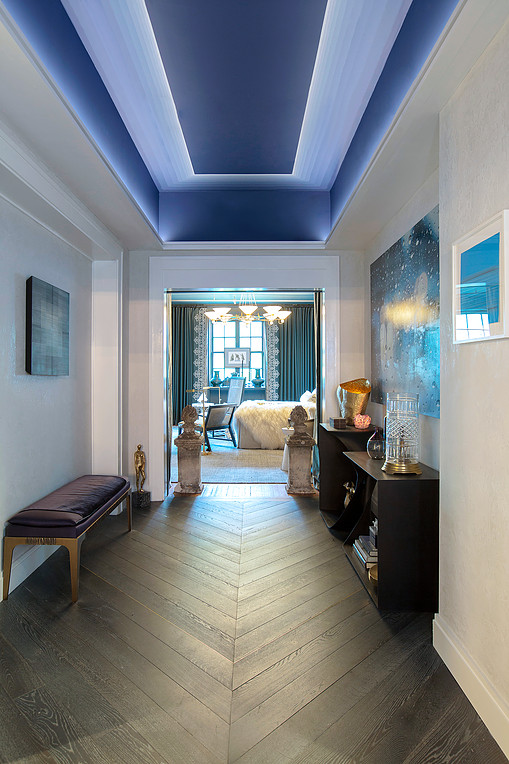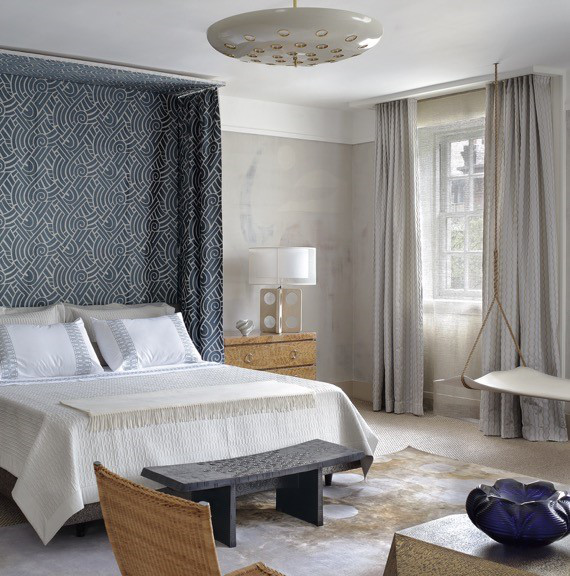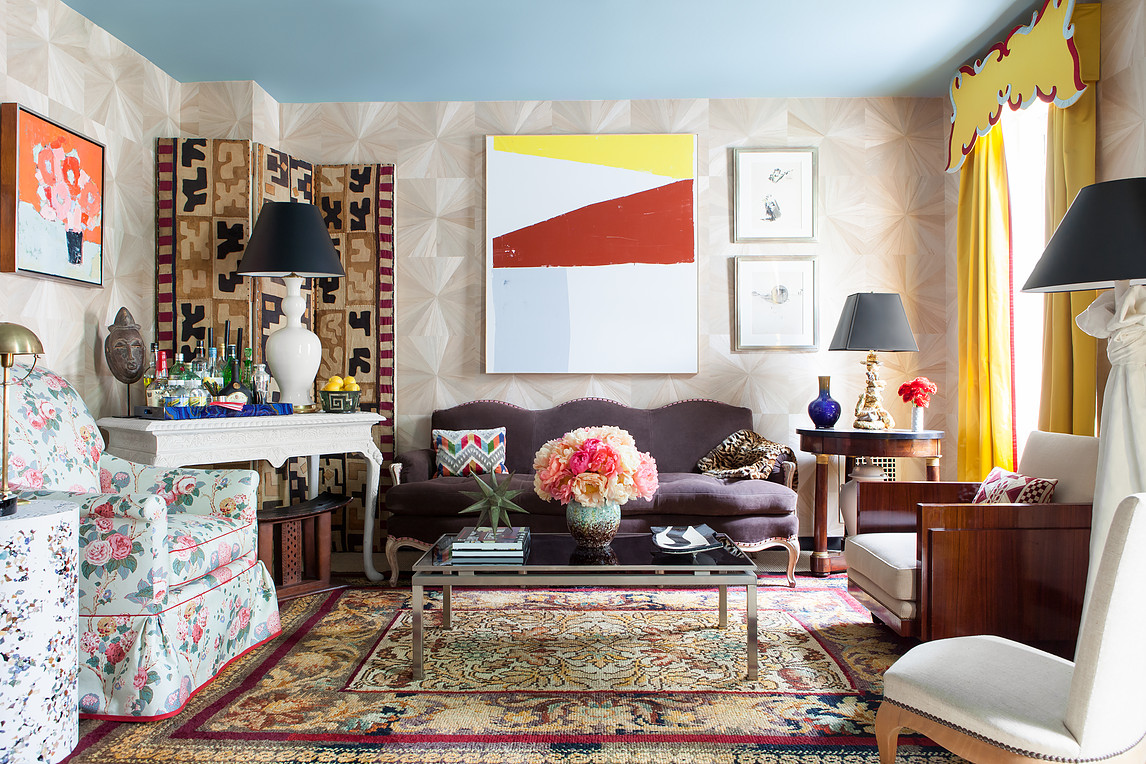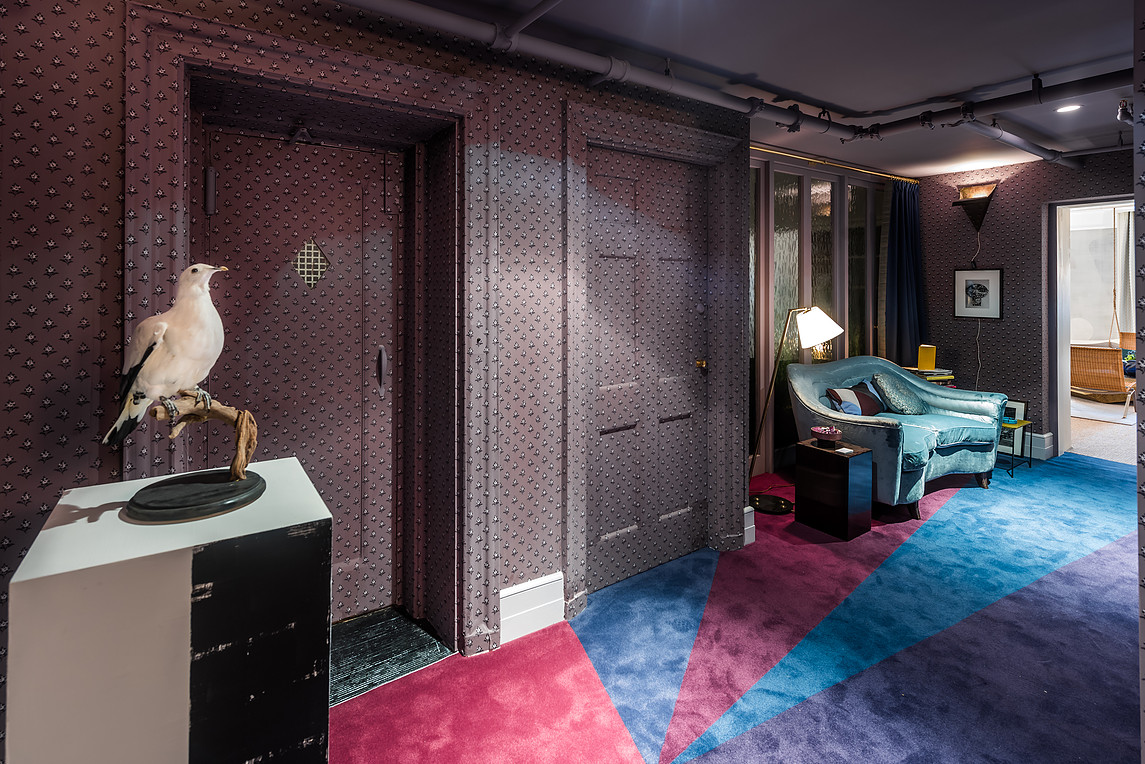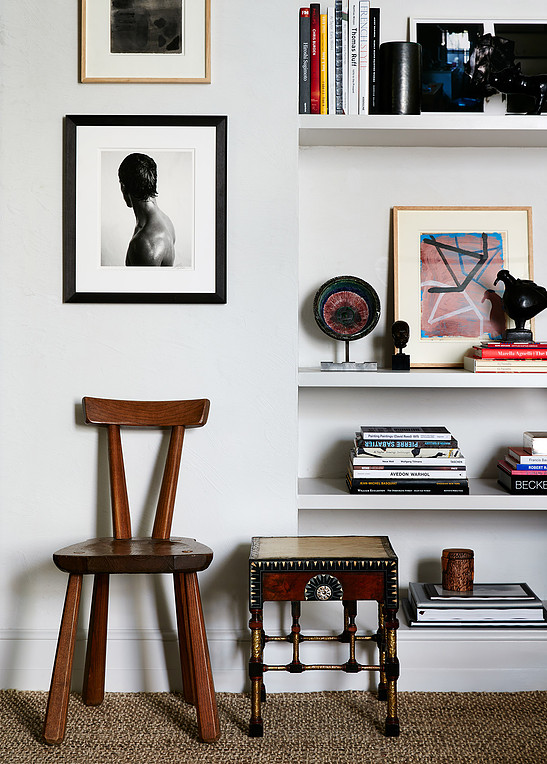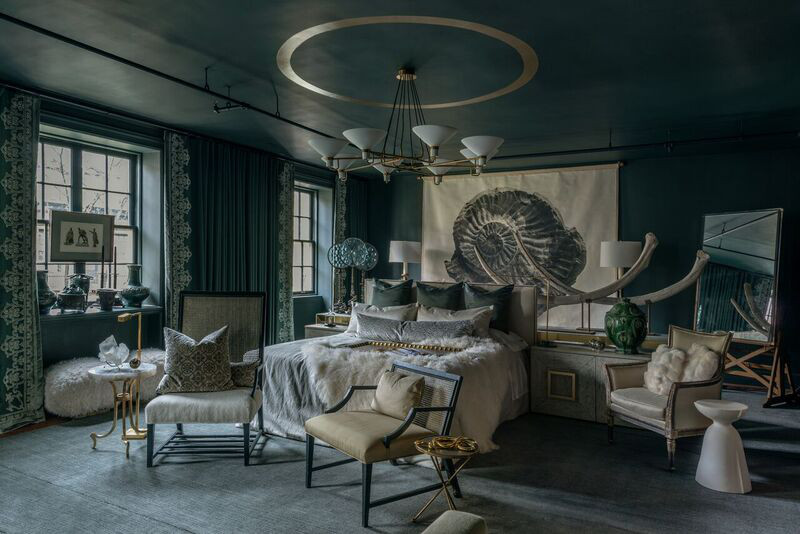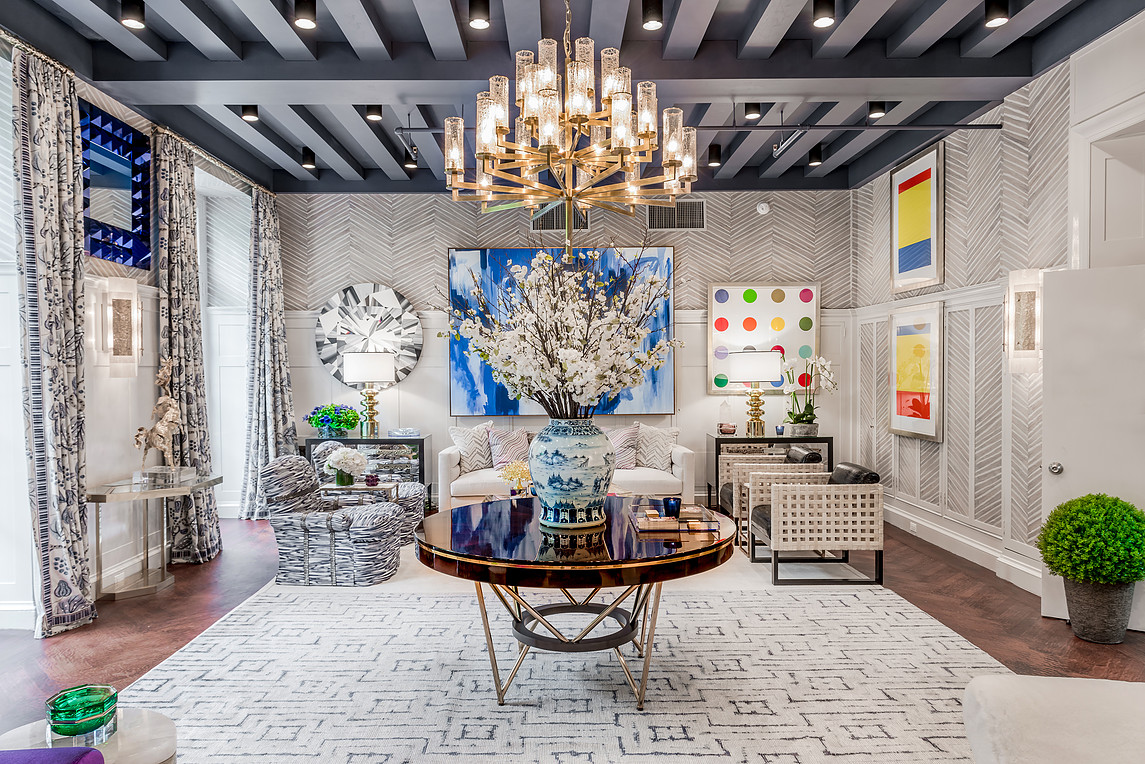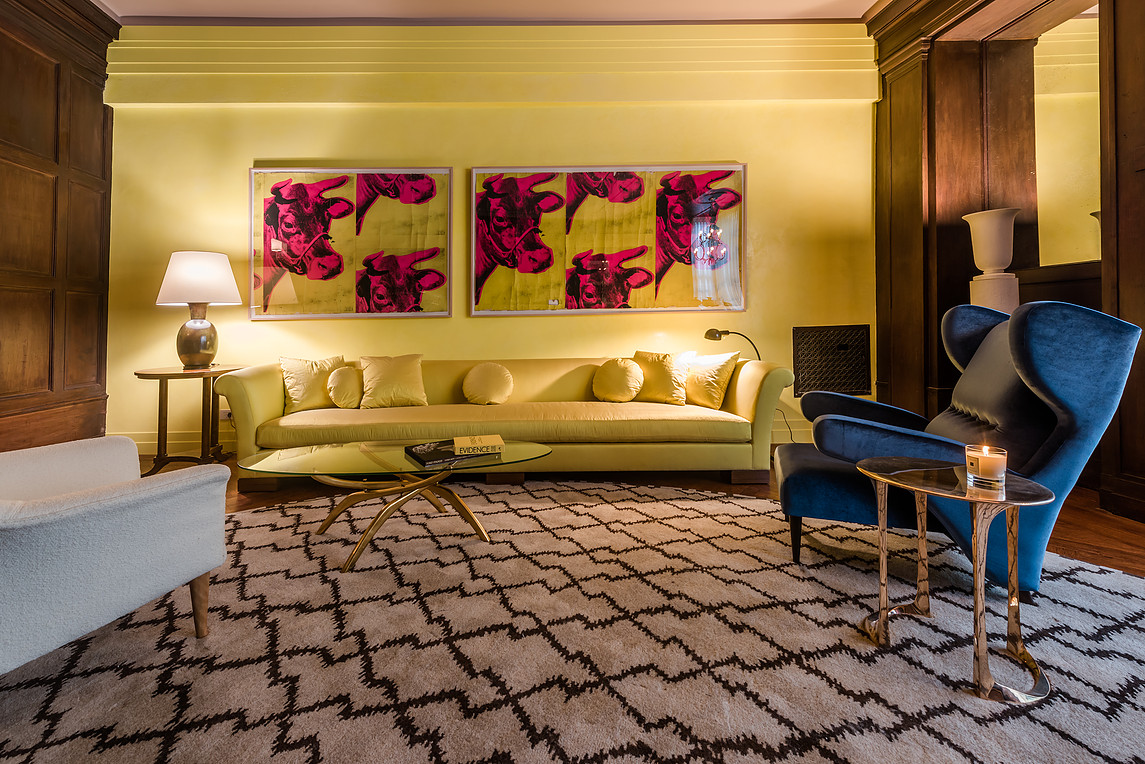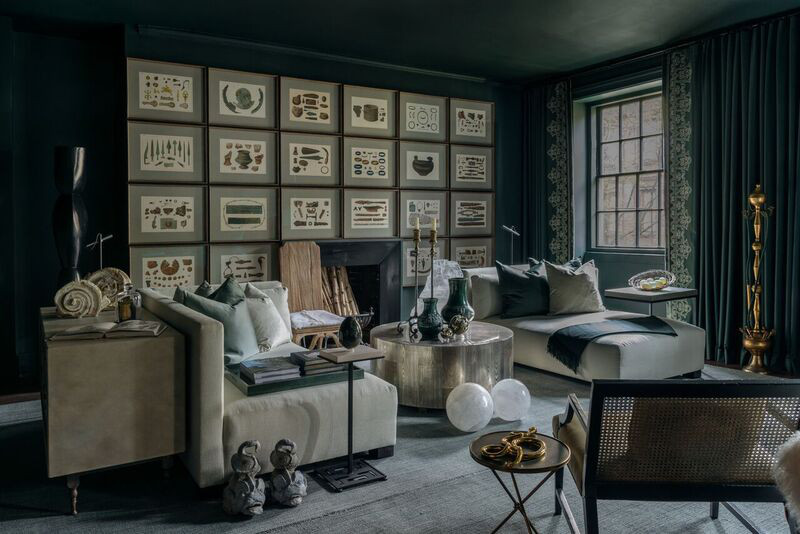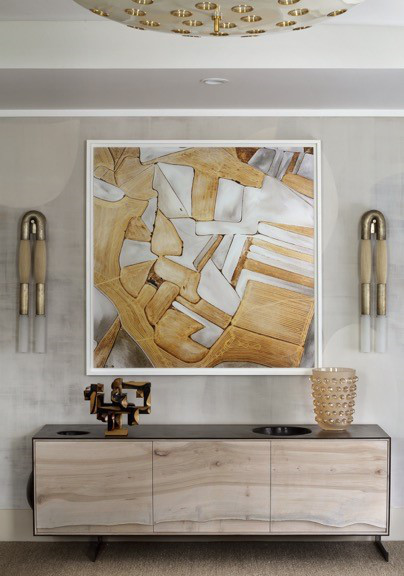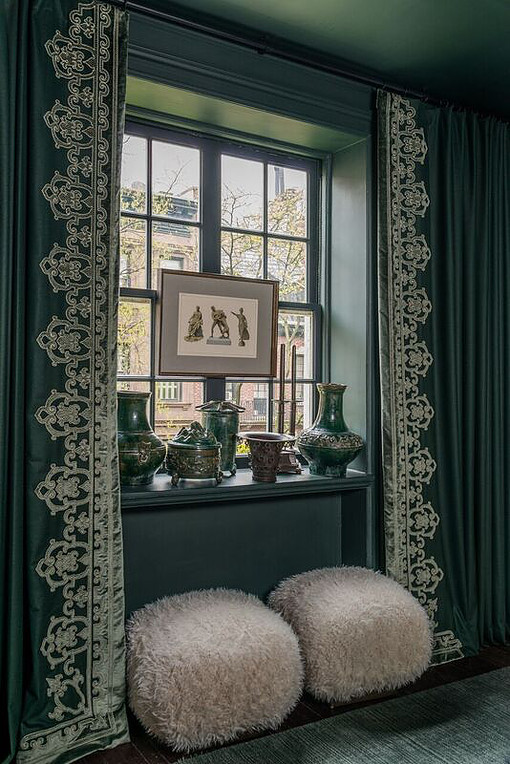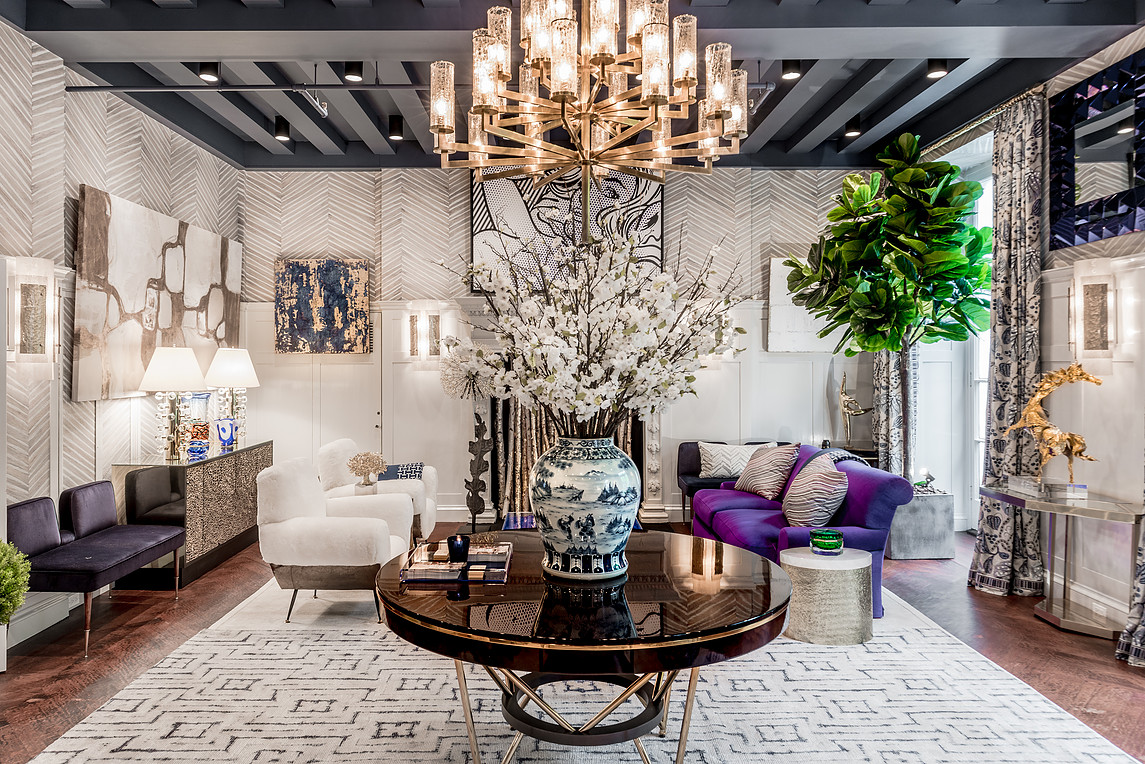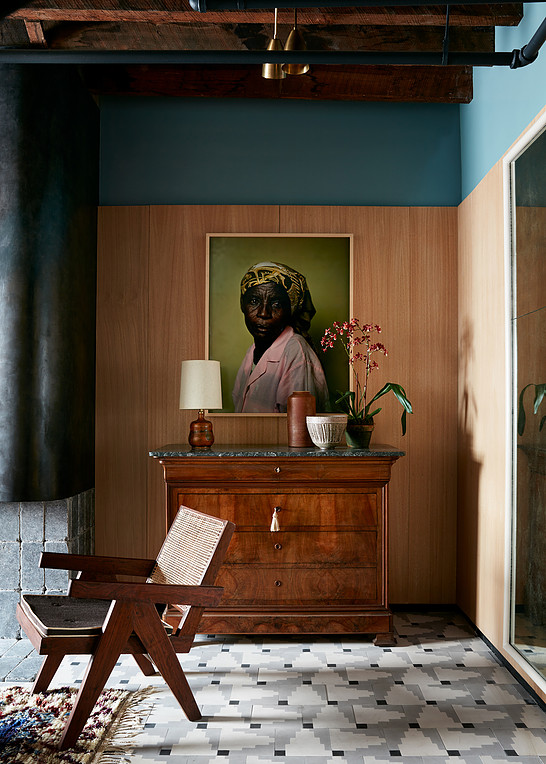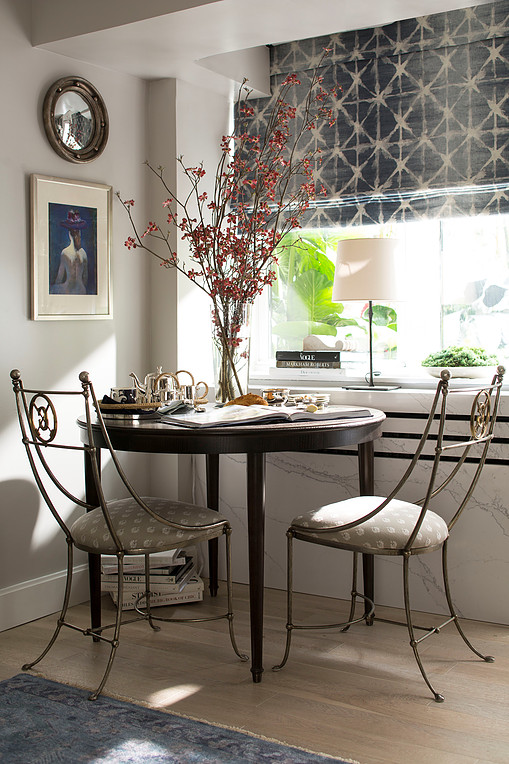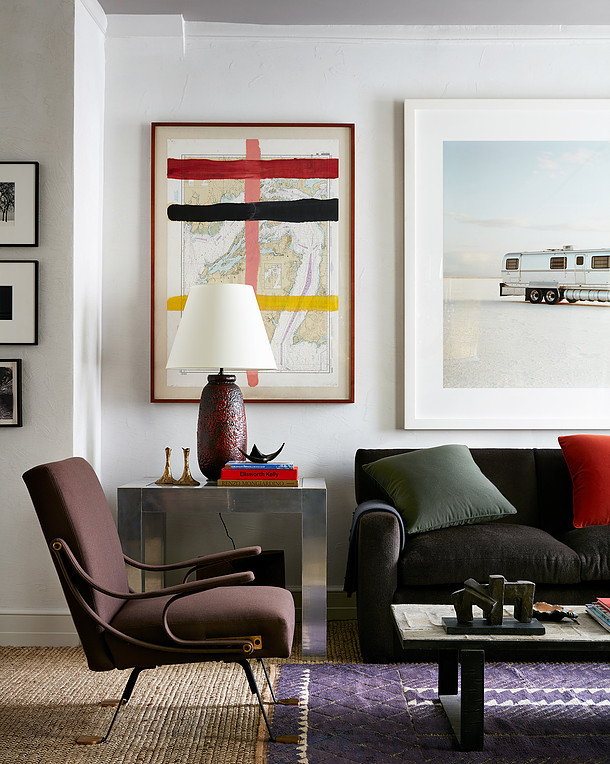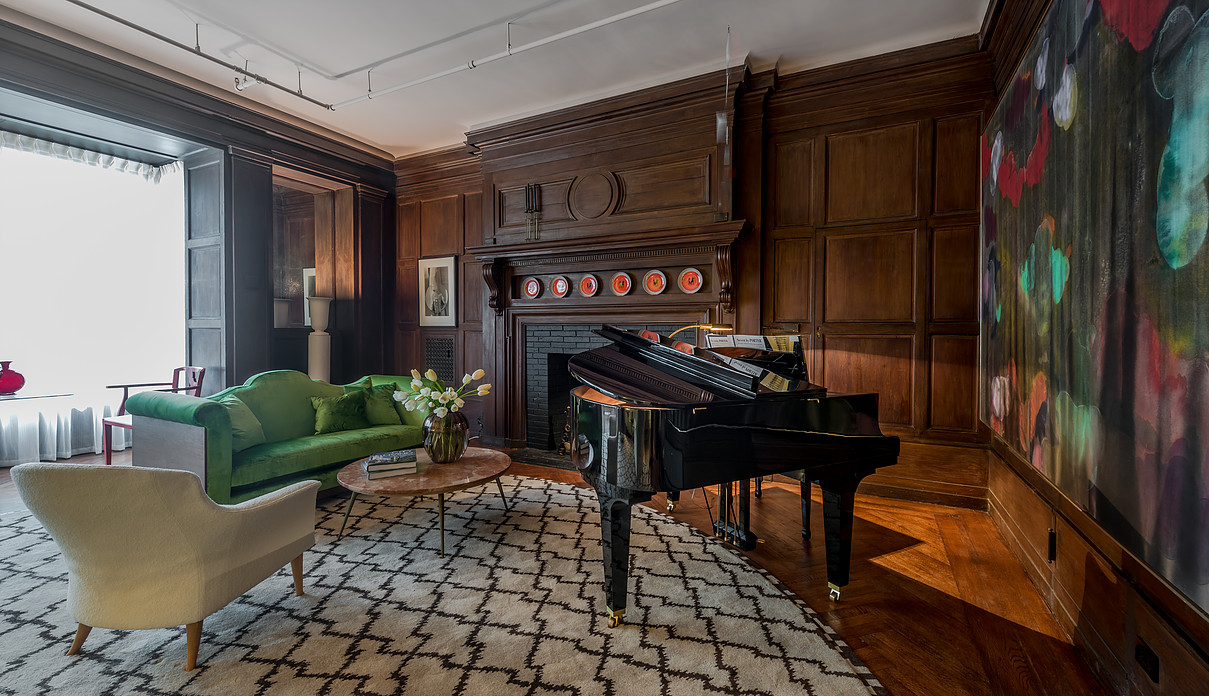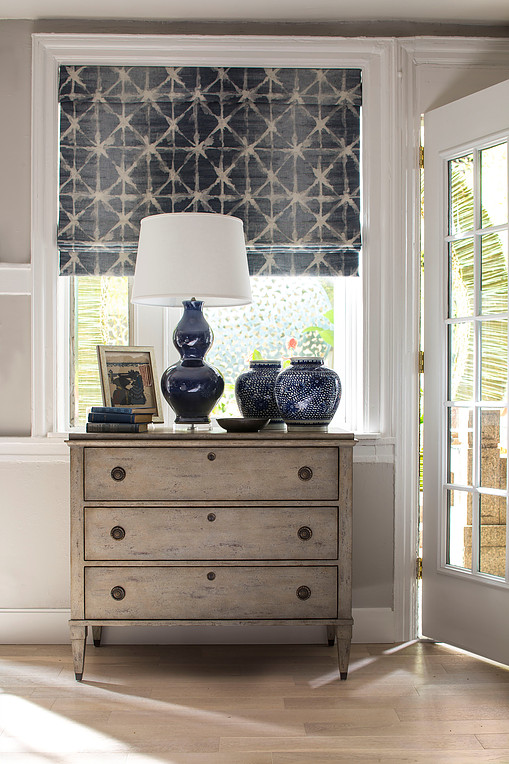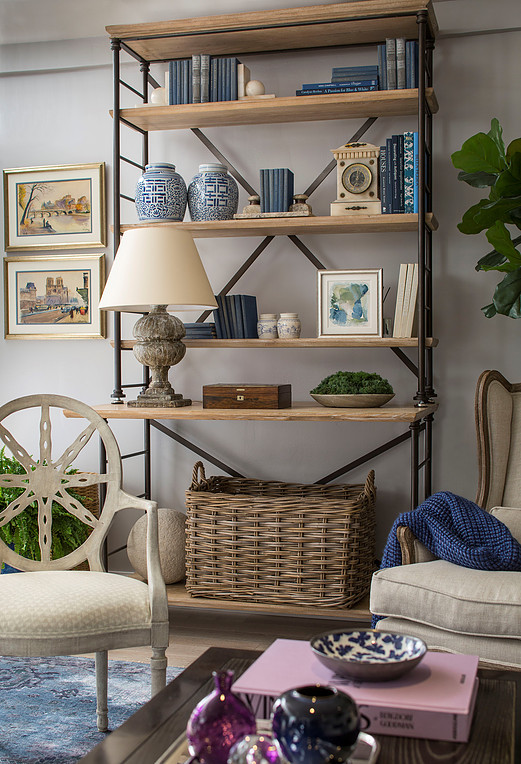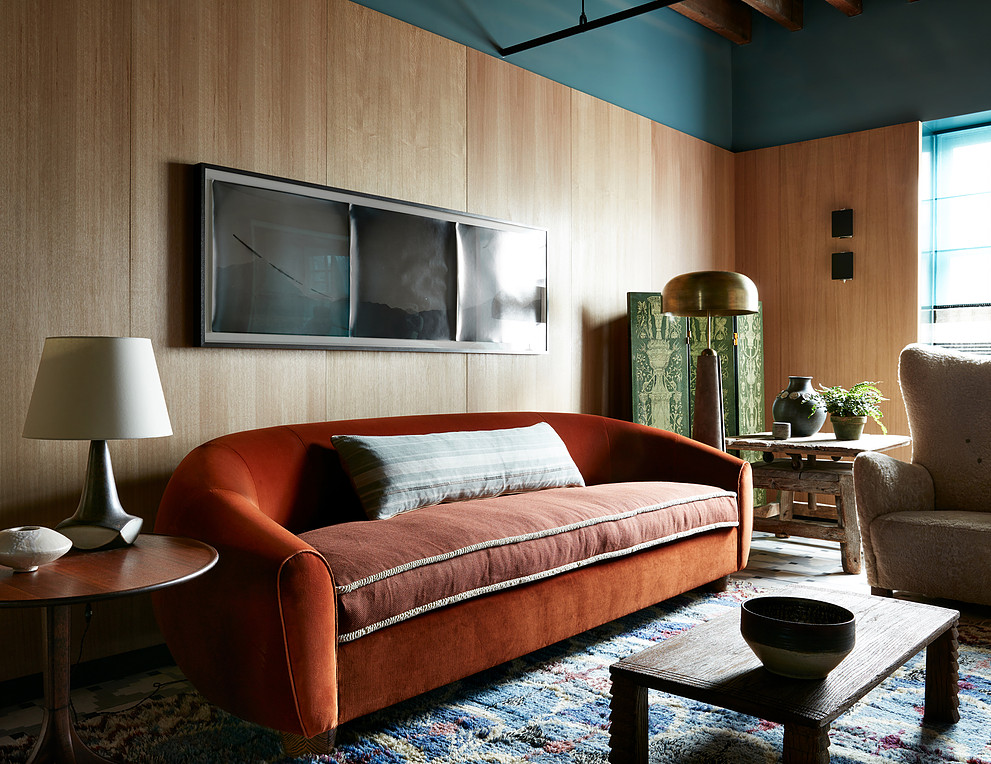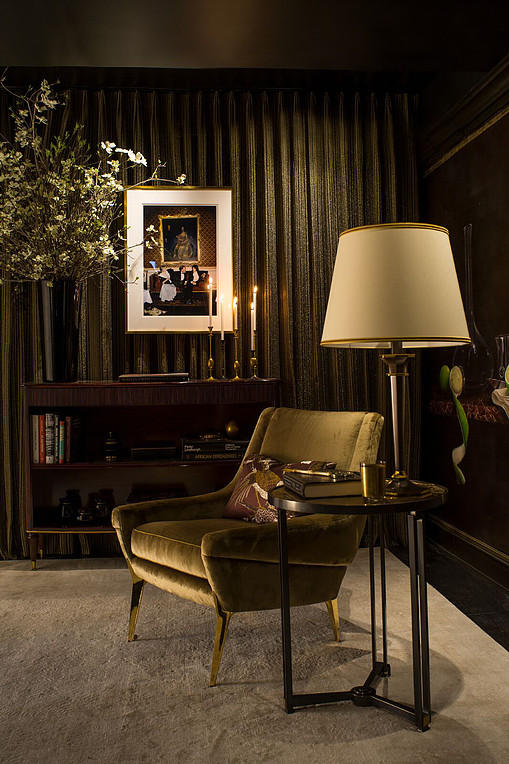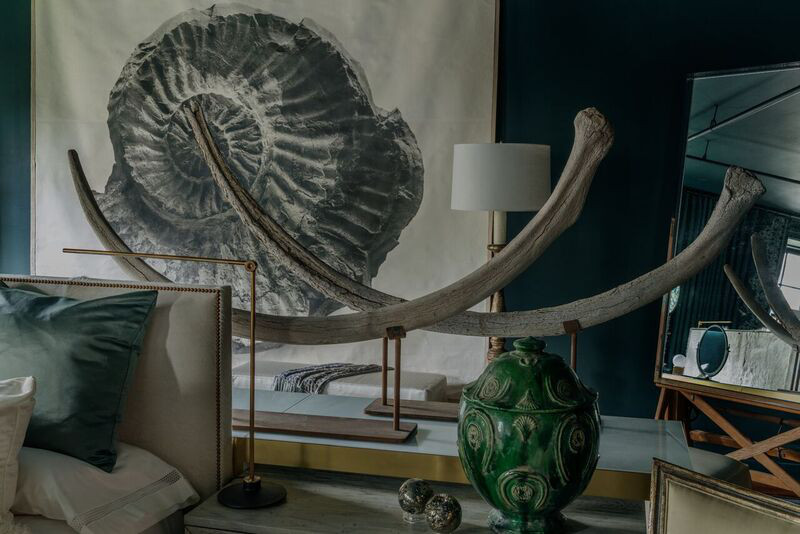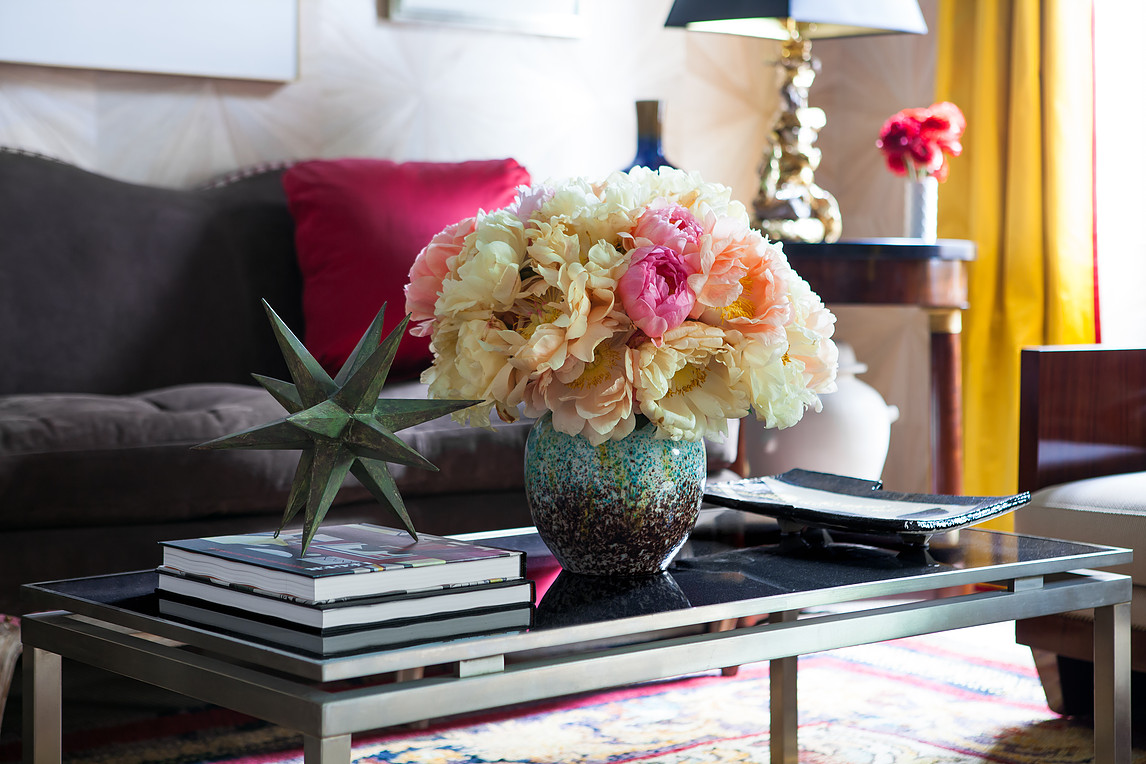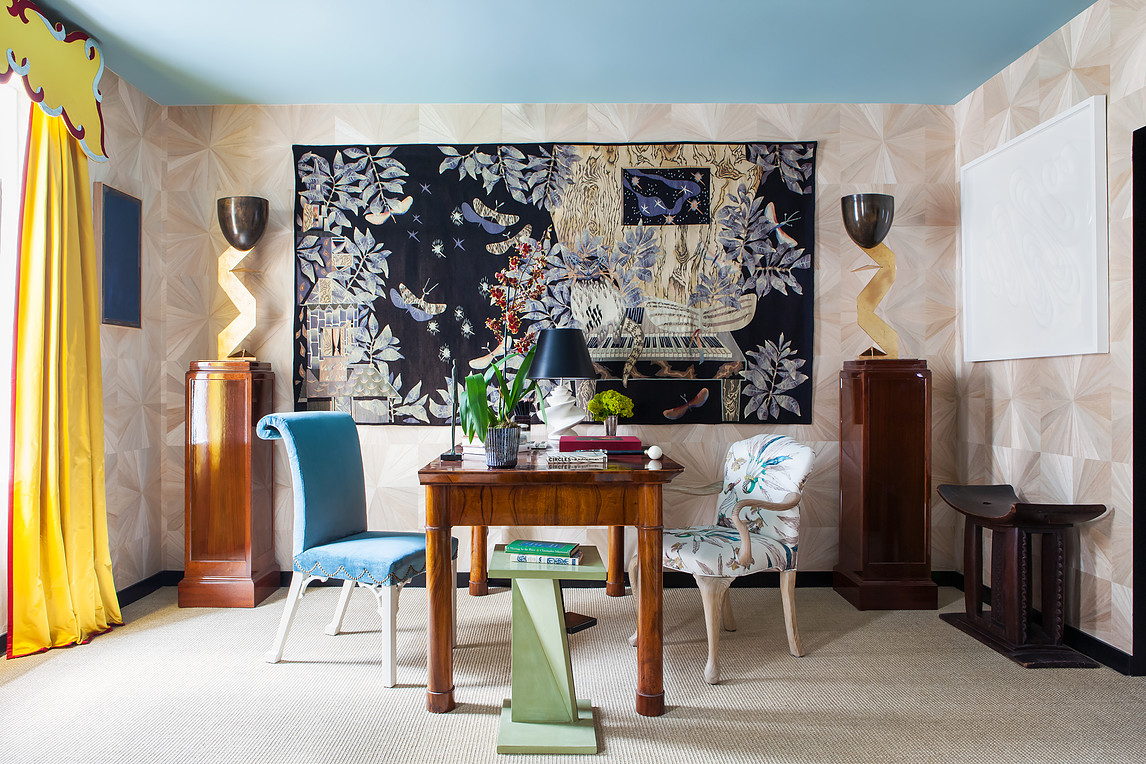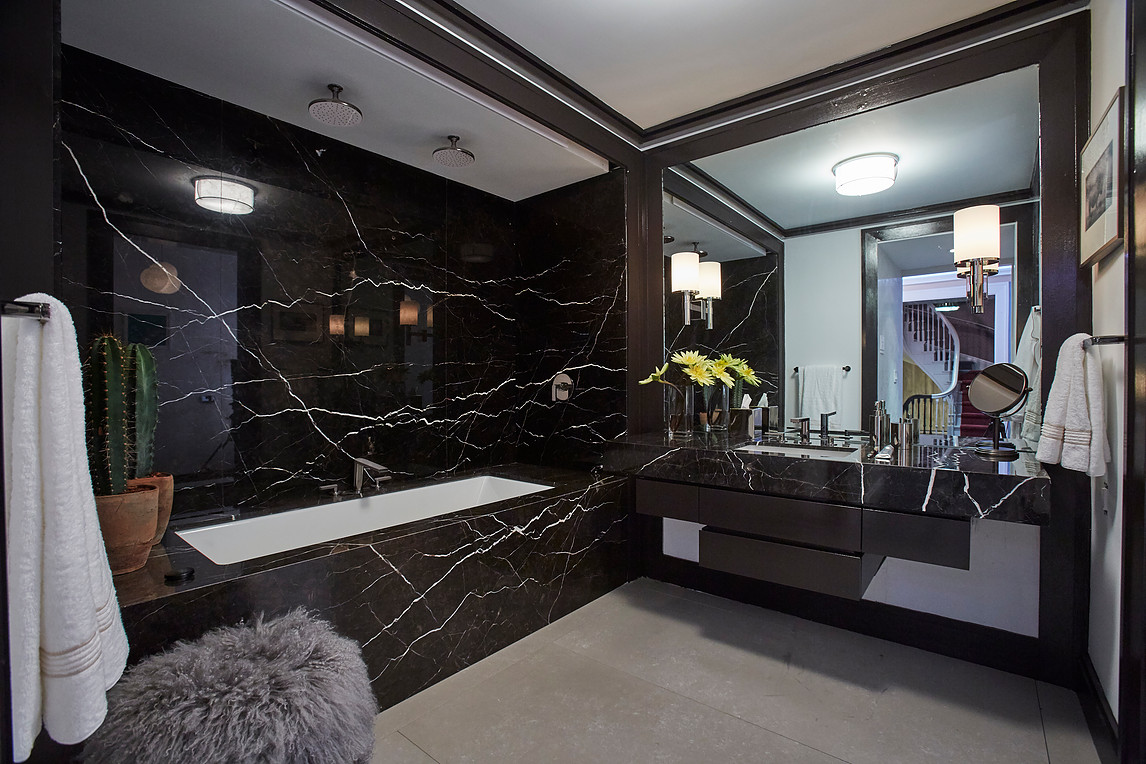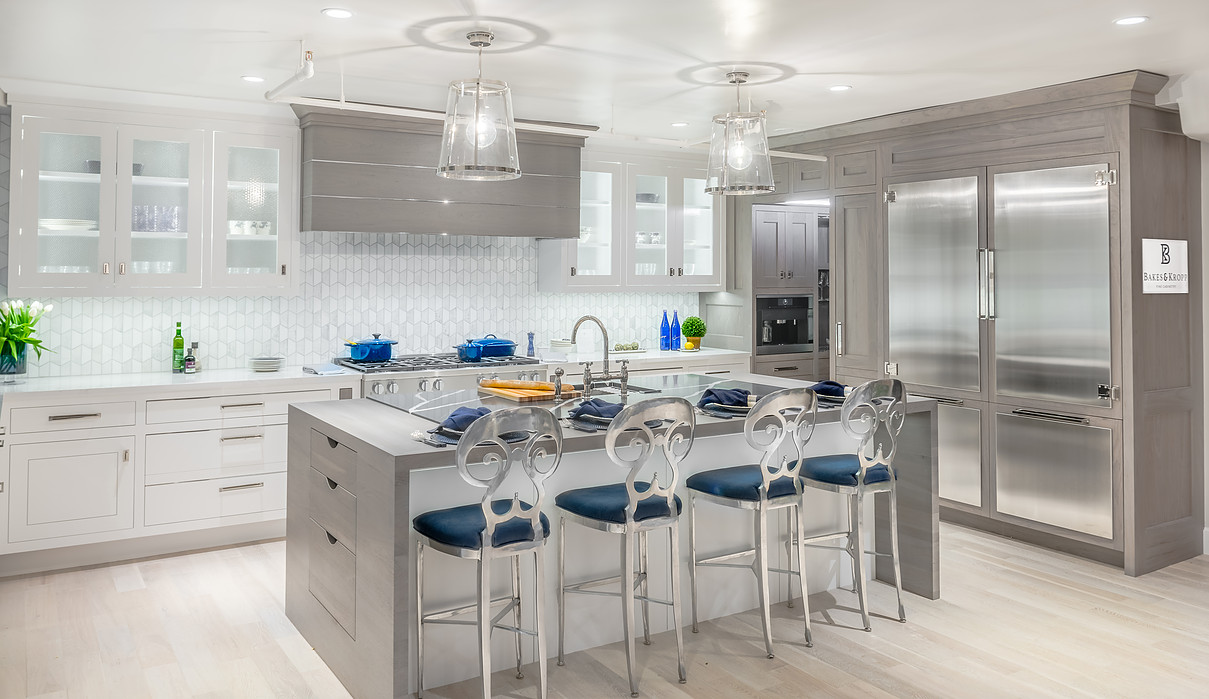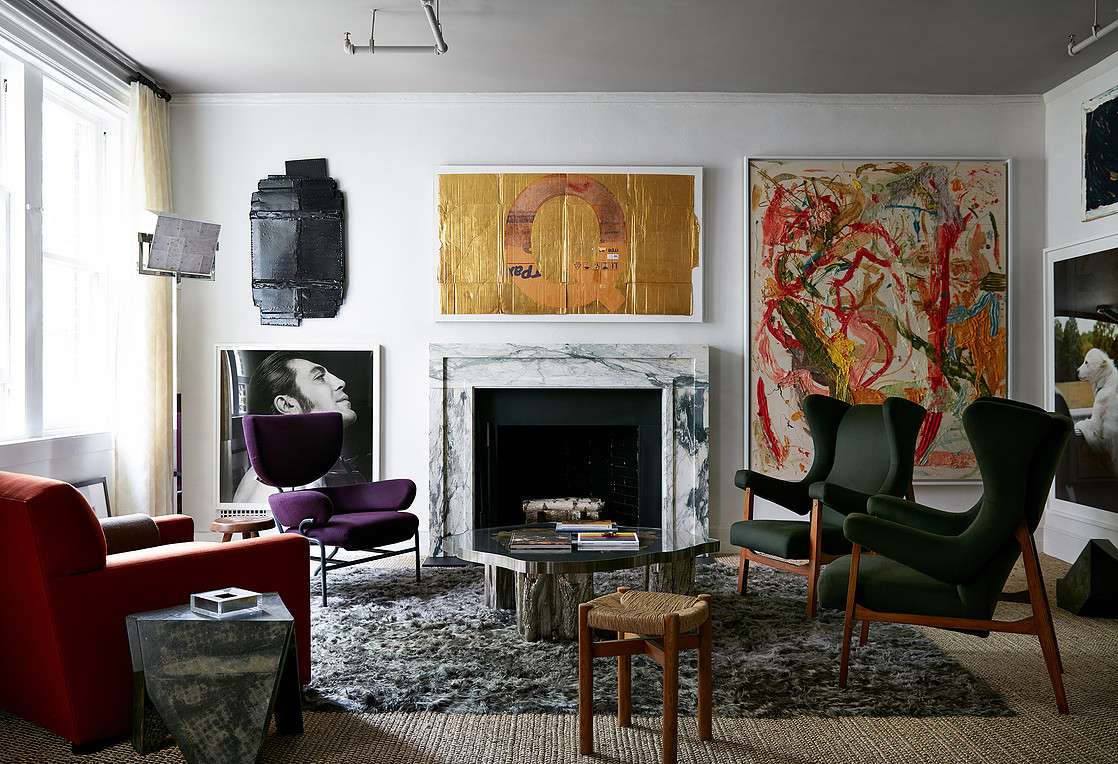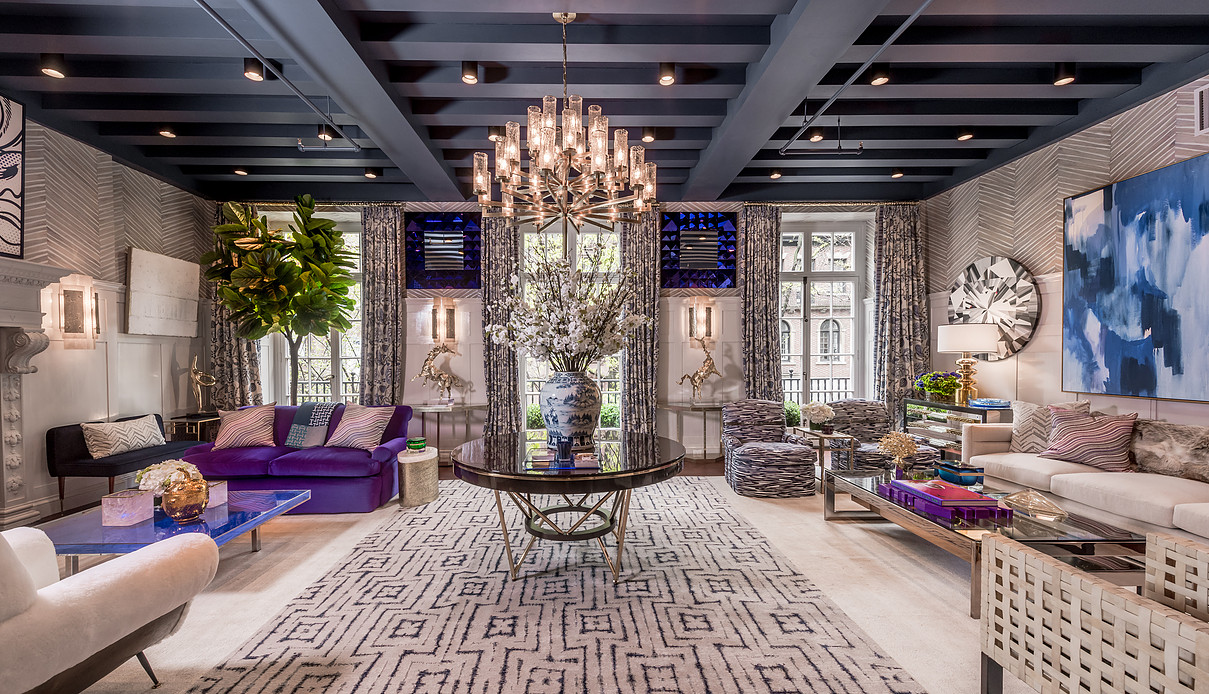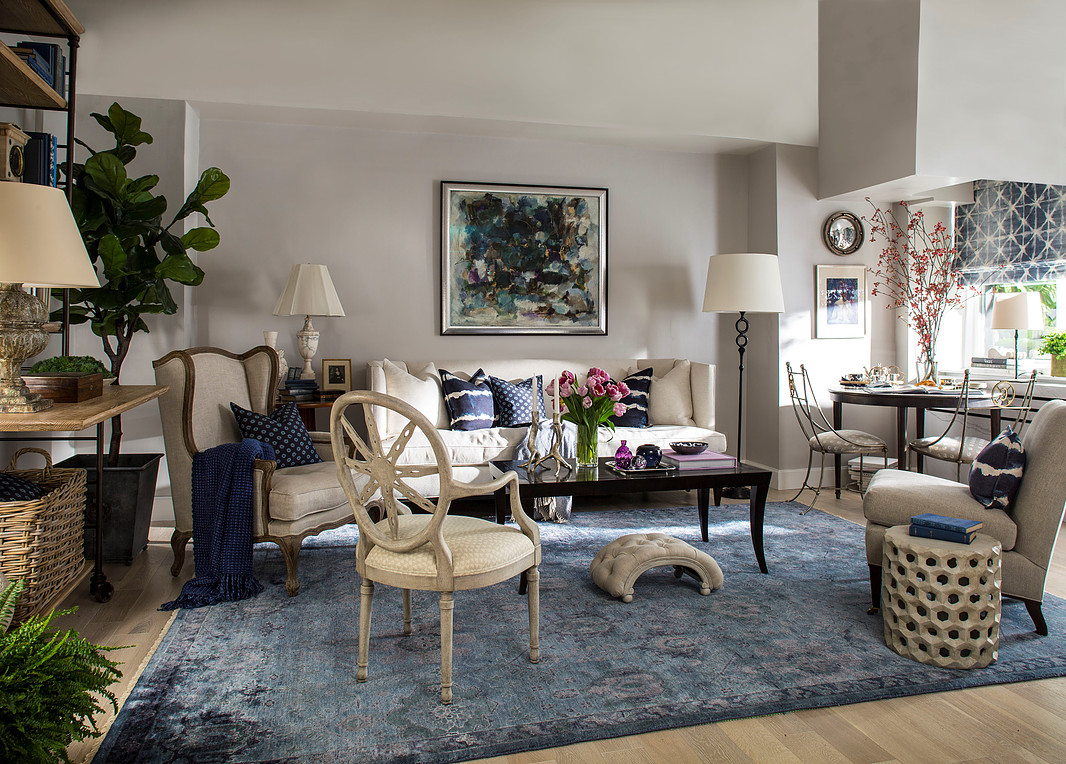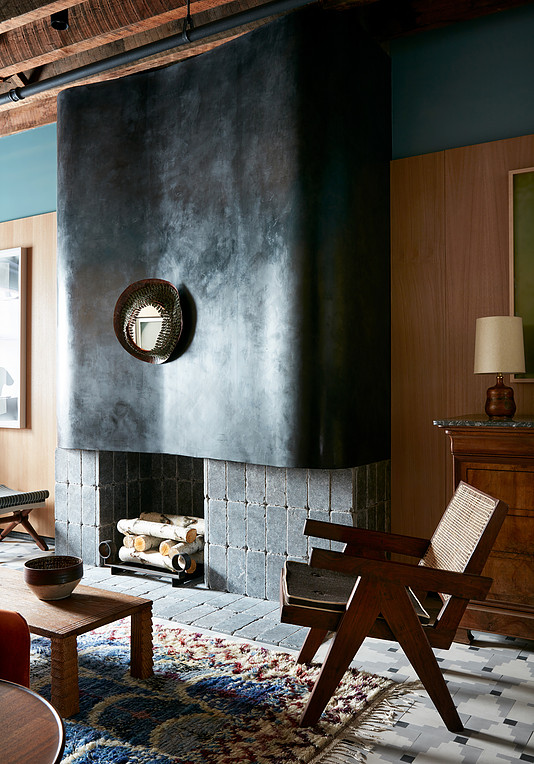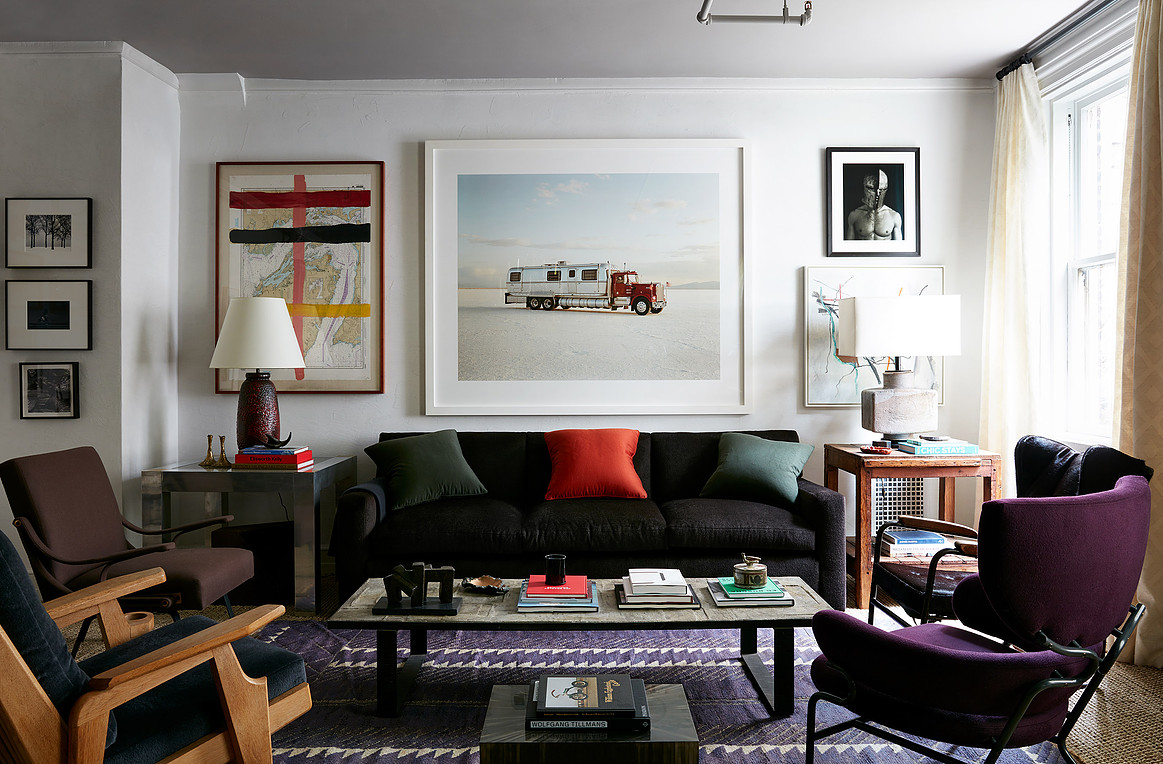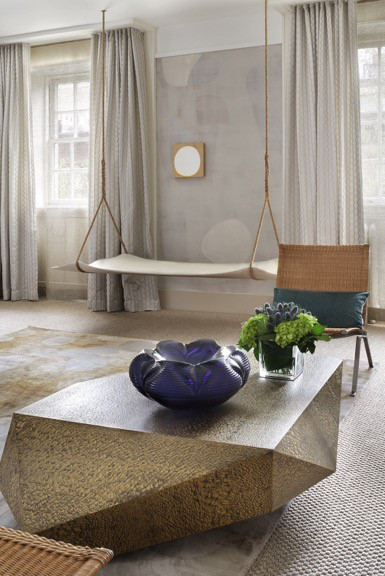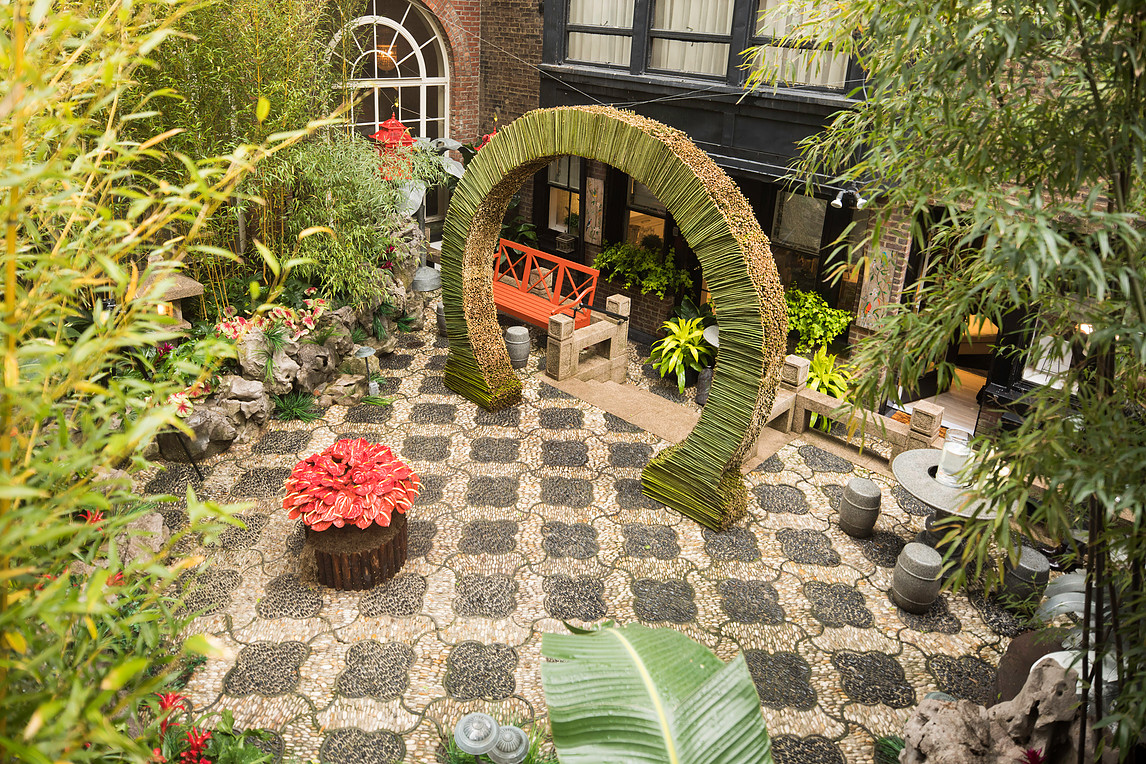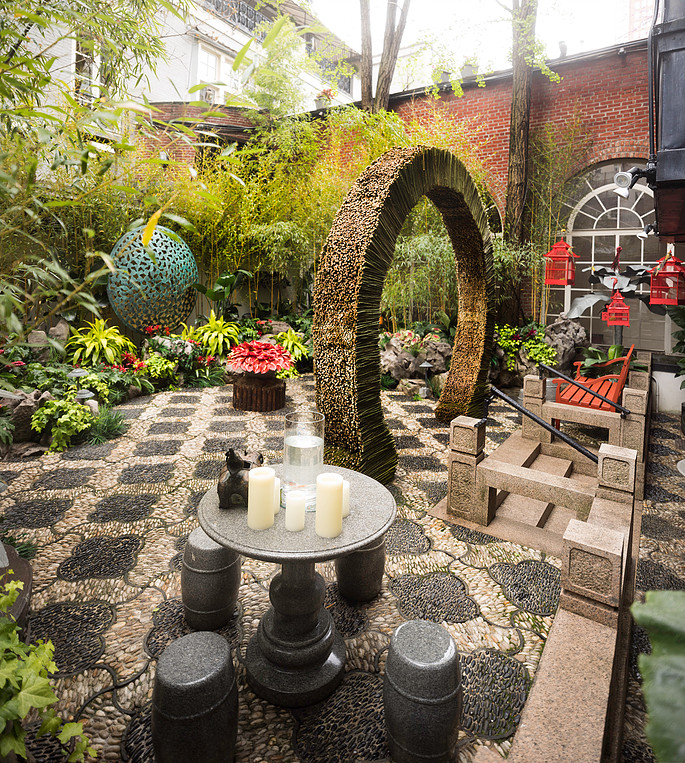Each year, celebrated interior designers transform a luxury Manhattan home into an elegant exhibition of fine furnishings, art and technology. This all began in 1973 when several dedicated supporters of the Kips Bay Boys & Girls Club launched the Kips Bay Decorator Show House to raise critical funds for much needed after school and enrichment programs for New York City children. Over the course of four decades, this project has grown into a must-see event for thousands of design enthusiasts and is renowned for sparking interior design trends throughout the world.
125 EAST 65TH STREET – HISTORY OF THE HOUSE
The Upper East Side is known for its grandiose townhomes and stately buildings. Lenox Hill, the neighborhood that stretches from East 60th Street to 77th Street, is no exception to this rule and serves as a true testament to the stunning architecture of New York’s Upper East Side. Given the current scenery of the Upper East Side, however, one may find it difficult to believe that the neighborhood was not always home to the exquisite buildings that exist today.
Until the second half of the 19th century, the Upper East Side was owned by the City of New York and was entirely forest or farmland, essentially untouched due to the lack of streets above what is now midtown. Due to the expansion of streetcars and carriages, uptown became far more accessible and alluring. This combined with a real estate bubble that had land prices increasing as much as 200% allowed for a construction boom in the Upper East Side, with investors commissioning rows of townhouses to be occupied by businessmen and merchants. The popular style at the time was the brownstone, featuring three to four stories with a raised parlor and a tall front stoop, which still line the streets of the Upper East Side today.
During this period of growth in the latter half of the 19th century and stretching into the early 20th century, architect Charles A. Platt’s firm emerged at the forefront of the American architecture scene. His Georgian style mansions and country houses are widely regarded as the finest American examples of their genre. To this day, historians and architects alike consider Platt’s work to be some of the most influential of 20th century design. Prior to entering into the architecture sphere, Platt was a successful landscape designer. Using this experience, Platt heavily emphasized the amalgamation of interior and exterior spaces, which is highly evident in his projects. He is most recognized for designing the Freer Gallery in Washington, D.C., Maxwell Court in Rockville, Connecticut, the Park Avenue Armory in New York, and Villa Turicum in Lake Forest, Illinois. Throughout his career, Platt remained a fixture in popular design magazines, which often highlighted his unique aesthetic and keen ability to bring nature into urban settings.
Between 1930-1935, East 65th Street underwent complete redevelopment to become largely what it looks like today. In 1905, Platt was commissioned to build 125 East 65th Street, which, flash-forward over 110 years would become the site of the 2017 Kips Bay Decorator Show House. Interestingly, the townhouse has housed only two occupants since it was built over 100 years ago.
The neo-Georgian townhouse was originally built for the American physiologist, Frederic S. Lee (1859-1939), who fulfilled his research career at Columbia University’s College of Physicians and Surgeons. It is most notably recognized, however, for being the headquarters of the China Institute, which moved into the space on December 1, 1944 as a result of magazine magnate Henry R. Luce’s substantial contribution. Henry R. Luce generously gifted “China House” in memory of his father, who had been a missionary and educator in China until his death in 1941. George Nelson, editor of Architectural Forum magazine, was charged with designing the floor plan, implementing a 424-square-foot art gallery in the ground-floor front room.
The China Institute remained headquartered at 125 East 65th Street until 2015, when it relocated. Up until 1966, the house hosted Chinese art exhibitions for special occasions. In 1966, the ‘China House Gallery,’ which would be renamed the ‘China Institute Gallery’ in 1994, came to exist due to a grant from investment banker and Chinese art collector, Myron S. Falk Jr., who acted as the first chairman of The China Institute. He, along with co-chairs Mrs. Edwin F. Stanton and Mrs.Edward M. Pfluenger, made the exhibitions a permanent feature, beginning with ‘Selections of Chinese Art: From Private Collections in the Metropolitan Area,’ which opened on November 15, 1966. It is they who made China House what it would come to be known as up until The China Institute’s relocation almost two years ago.
There are many remarkable features of the townhouse, perhaps that most extraordinary being its 35-foot width, making it 10 to 15 feet wider than the majority of townhouses. The ceilings are also exceptionally high, reaching 12 feet in the living room. These elements, combined with the double-width staircase, make the space truly unique and grandeur. The house still holds onto some of its past as ‘China House,’ with the outdoor courtyard still intact. 125 East 65th Street’s rich history truly shines and will give residents a chance to live in one of New York’s most prestigious neighborhoods in a home built by one of America’s most notable architects.
